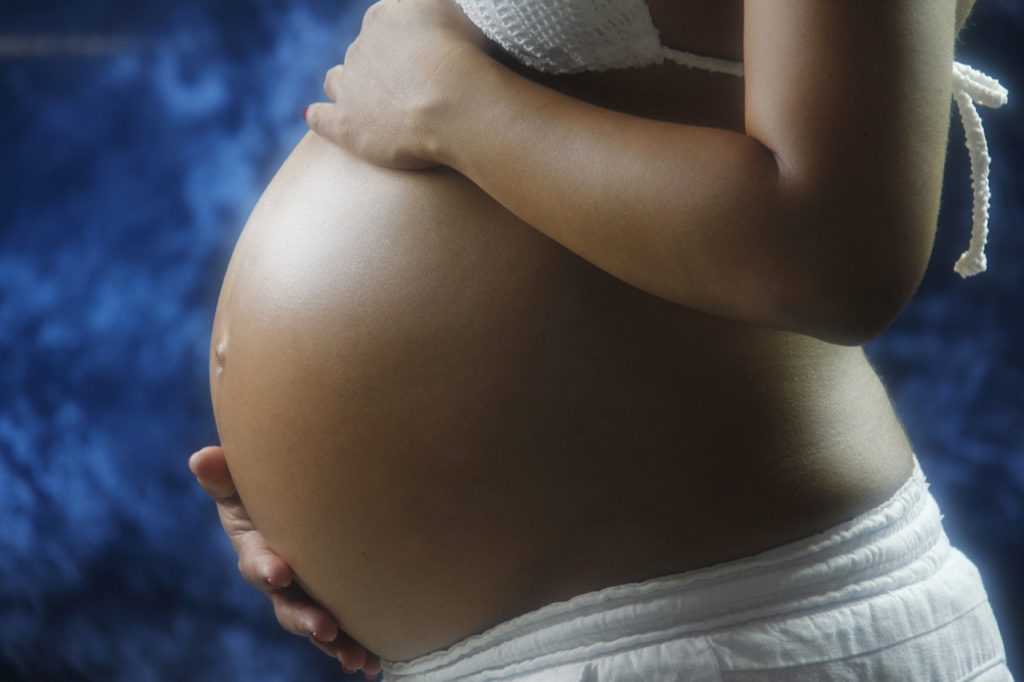If you are experiencing enlarged and painful veins in your leg or other areas of the body, you are most likely experiencing varicose veins. This problematic vein condition is caused by malfunctioning venous valves and can be quite itchy and painful. Most often they appear swollen and twisted and can look blue or purplish around your skin. While varicose veins can just be a cosmetic issue, for some for others it may lead to more severe conditions. Varicose veins during pregnancy are also common to appear in the second trimester. Here is what you need to know about treating varicose veins during pregnancy:
Swollen Varicose Veins During Pregnancy
During the second trimester, most women will gain weight and blood volume, putting greater strain on your circulatory system. This increase in pressure and progesterone, a sex hormone, will cause the veins to dilate and engorge with blood. The valves in your veins must to work harder to hold more blood from flowing backwards, and they begin to experience vascular stress. The valves may become damaged, leading to the above symptoms and varicose veins.
Where Do They Occur?
Varicose veins during pregnancy most often develop around the thighs and legs. However, they can also develop in other areas. The position of the fetus may also cause pressure to be applied to the lower abdomen and compress other internal parts. This pressure may lead to varicose veins around the vulva.
Can They Get Worse?
Varicose veins will most likely get worse throughout pregnancy as the weight and pressure begins to increase in your veins. Localized pain and itching can be felt around the impacted veins. Varicose veins around the vulva typically get better after childbirth.
Treating Your Varicose Veins
Treatment for varicose veins found on the legs does not occur until after the child has been born. Varicosities around the vulva and vagina typically subside after the woman has given birth. Occasionally, rope-like veins can be seen in these areas following childbirth but should not be a concern.
Are You at Risk for Varicose Veins?
Genetics plays a vital role in determining risk factors for varicose veins. We recommend getting screened for varicose veins if your family has a history of varicose veins or obesity, or if you work in a job that requires extended sitting or prolonged standing. Females are also more often found to develop varicose veins than males. Additional pregnancies can also have the size, shape, and symptoms of varicose veins worsen over time.
Time to Get Screened
If you are beginning to notice swelling and pain in your legs along with enlarged veins, it is time to get screened for varicose veins. Additional common symptoms for women can also include discoloration around your ankles and rope-like veins appearing. Our screenings include a physical examination and venous ultrasound to rule out a possible blood clot. After you have given birth, you will be clear for our range of treatment options to help you resolve any varicose veins. Call us today for your free consultation and see how we can identify your possible varicose veins. Click here to learn more about us!

